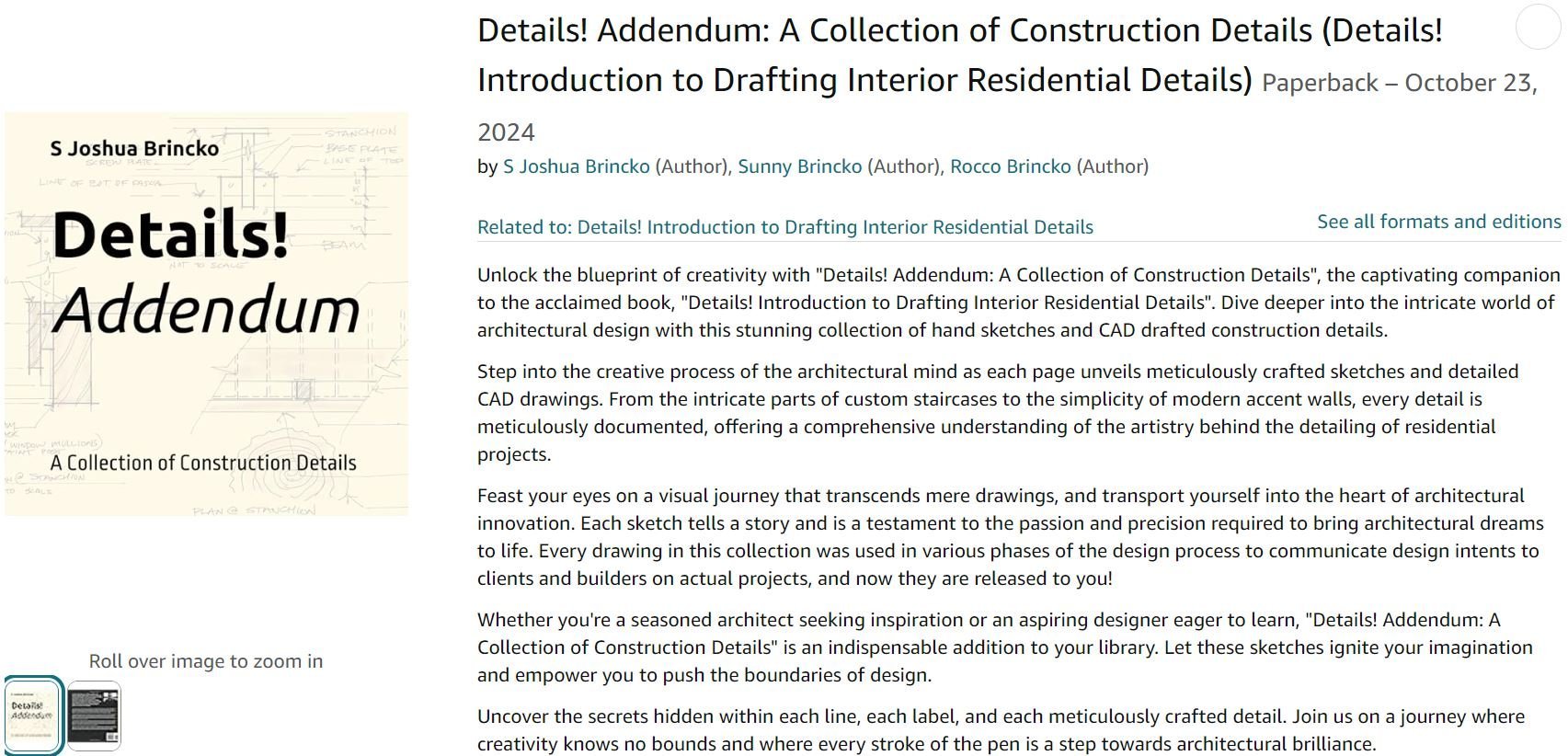Josh has recently compiled his insights on design through his perspective as an architect into a book: “An Architect’s Insights - On Business: A Lifetime of Wisdom in Design, Business, and Construction”. These are the stories that you have enjoyed hearing over the years all compiled into a written format for your desk, lap, and bookshelf.
Unlock the secrets to success in architecture, business, and construction with the volumes from "An Architect's Insights" series, a compelling journey through the experiences of a seasoned architect and business owner. Drawing from a rich array of lifetime encounters, this book is a treasure trove of invaluable knowledge, offering a fresh and unique perspective on the multifaceted world of running a business in the field of architecture.
Within these pages, you'll discover a wealth of wisdom distilled from years of navigating the complexities of the industry from the voice of a seasoned architect with a humorous, yet don't F with me sort of tone. From the intricacies of educating clients to the nuances of effective strategies tips to becoming a better architect, each chapter is a masterclass in itself. With candid anecdotes and practical advice, the author shares insights that can only be gained through a lifetime of hands-on experience.
Whether you're an aspiring architect, seasoned business owner, or ambitious builder, "An Architect's Insights - On Business" is your indispensable guide to achieving excellence in your craft. Learn how to streamline your processes, cultivate creativity, and overcome common challenges with ease. Delve into the art of managing clients, harnessing the power of negotiation, and implementing lessons learned for running a successful design firm from trials and tribulations of an experienced architect. This volume will help prime you for success as it guides you to the shortcuts in the world of being a business person and not just an architect.
Embrace the wisdom of a lifetime and embark on a transformative journey through architectural excellence. Let "An Architect's Insights - On Business" be your companion as you navigate the intricate landscape of practicing architecture, and watch as your career flourishes like never before.
If you’d like to learn more about our design process, visit www.josharch.com/process, and if you’d like to get us started on your project with a feasibility report, please visit www.josharch.com/help







